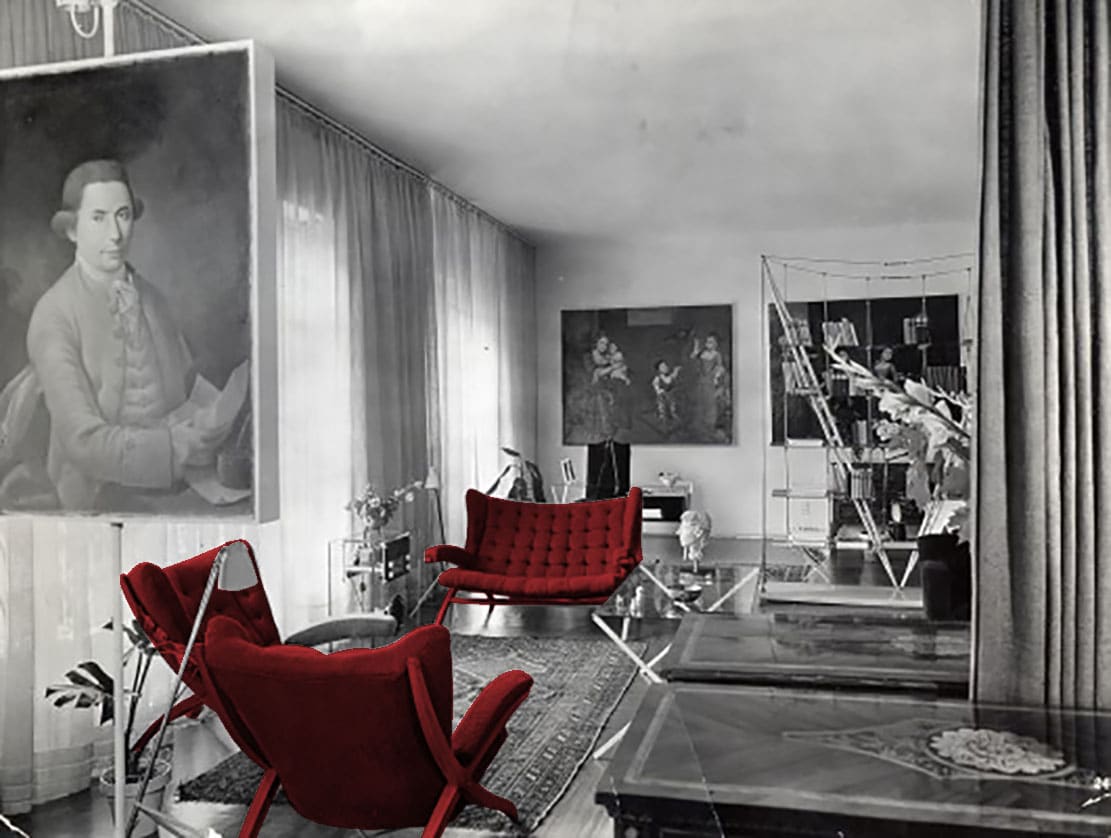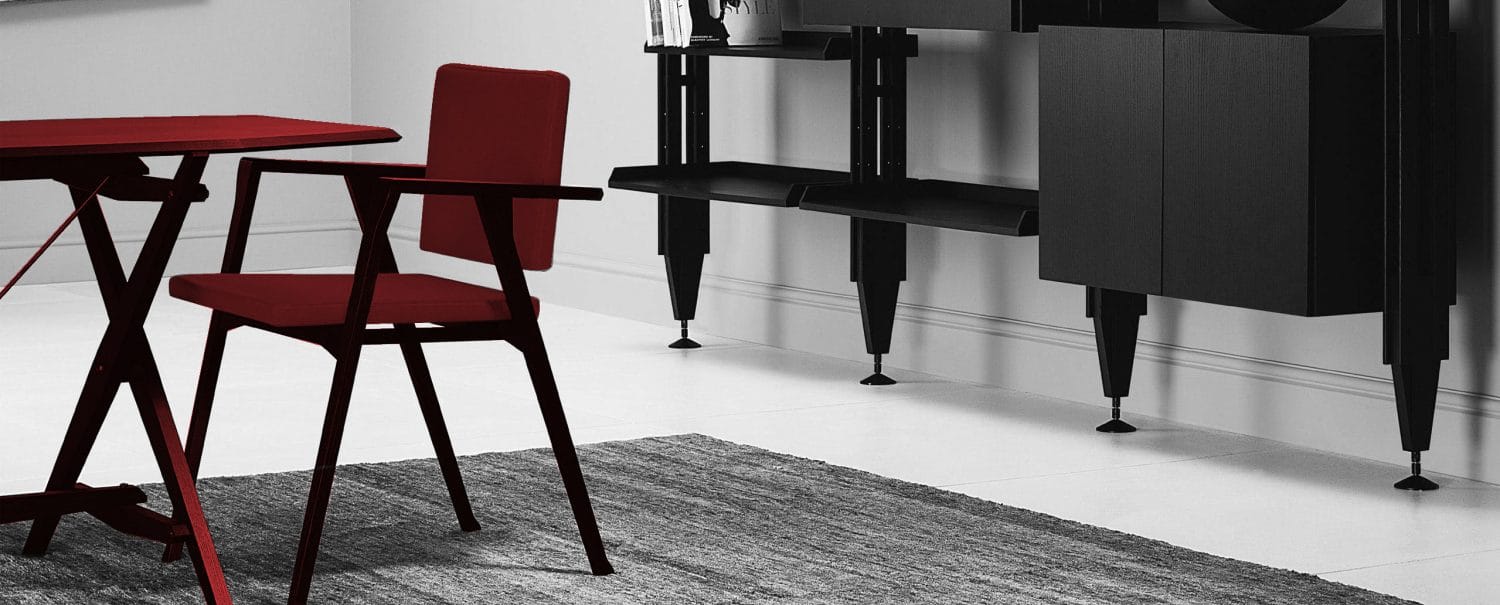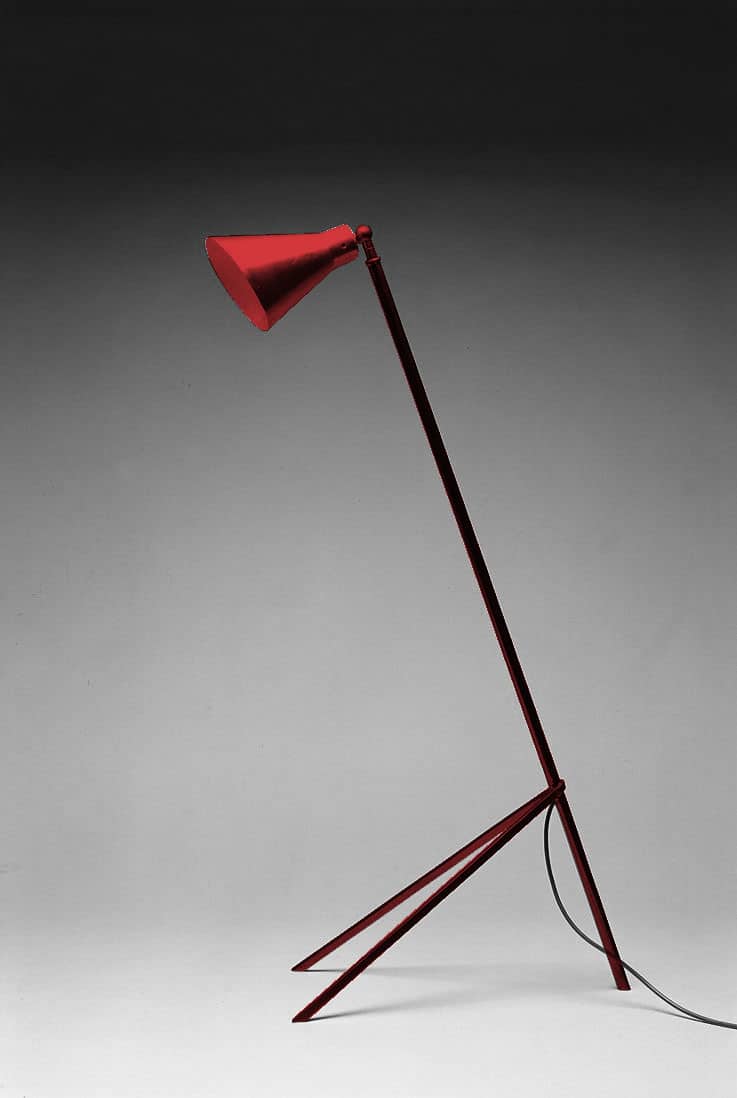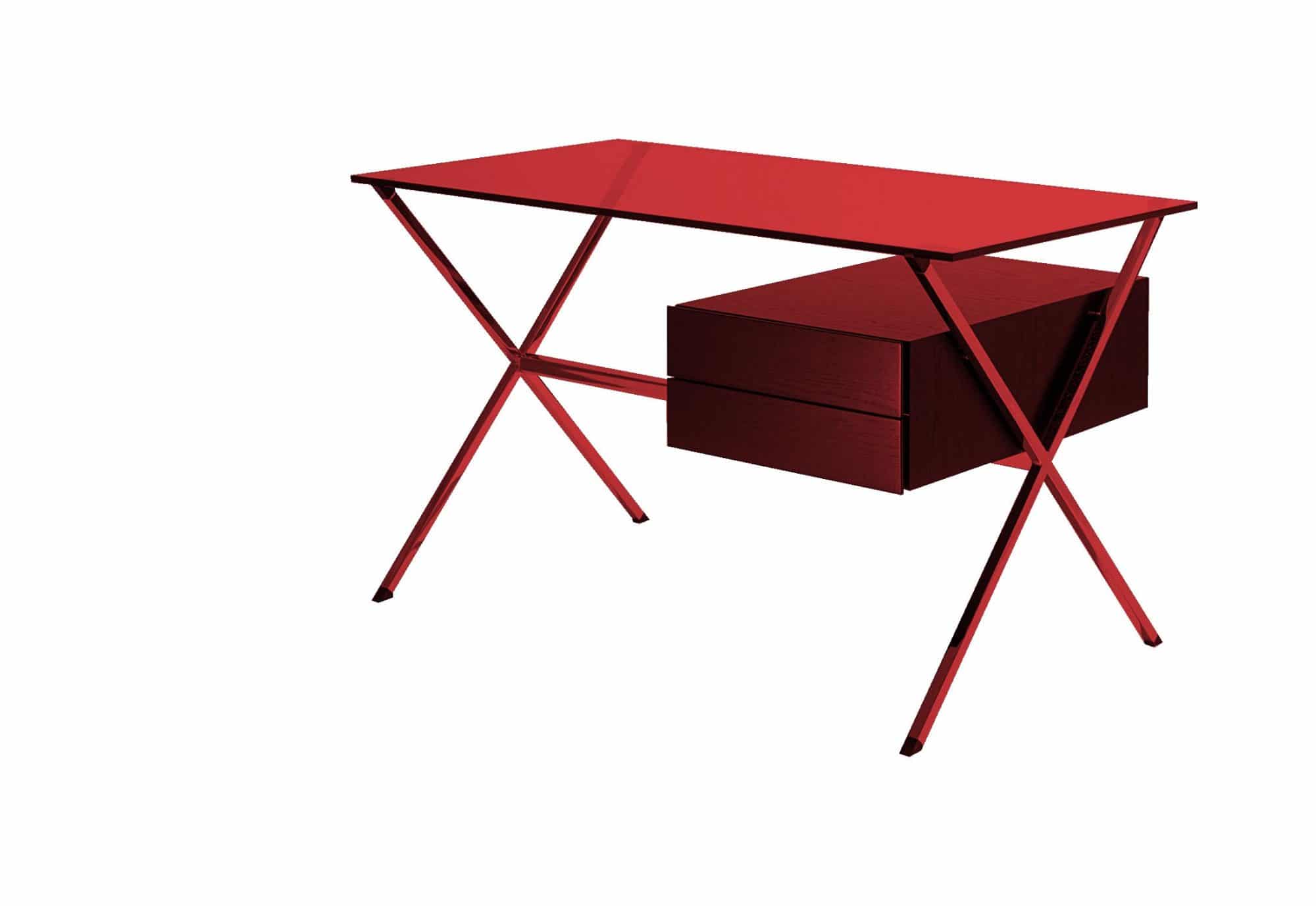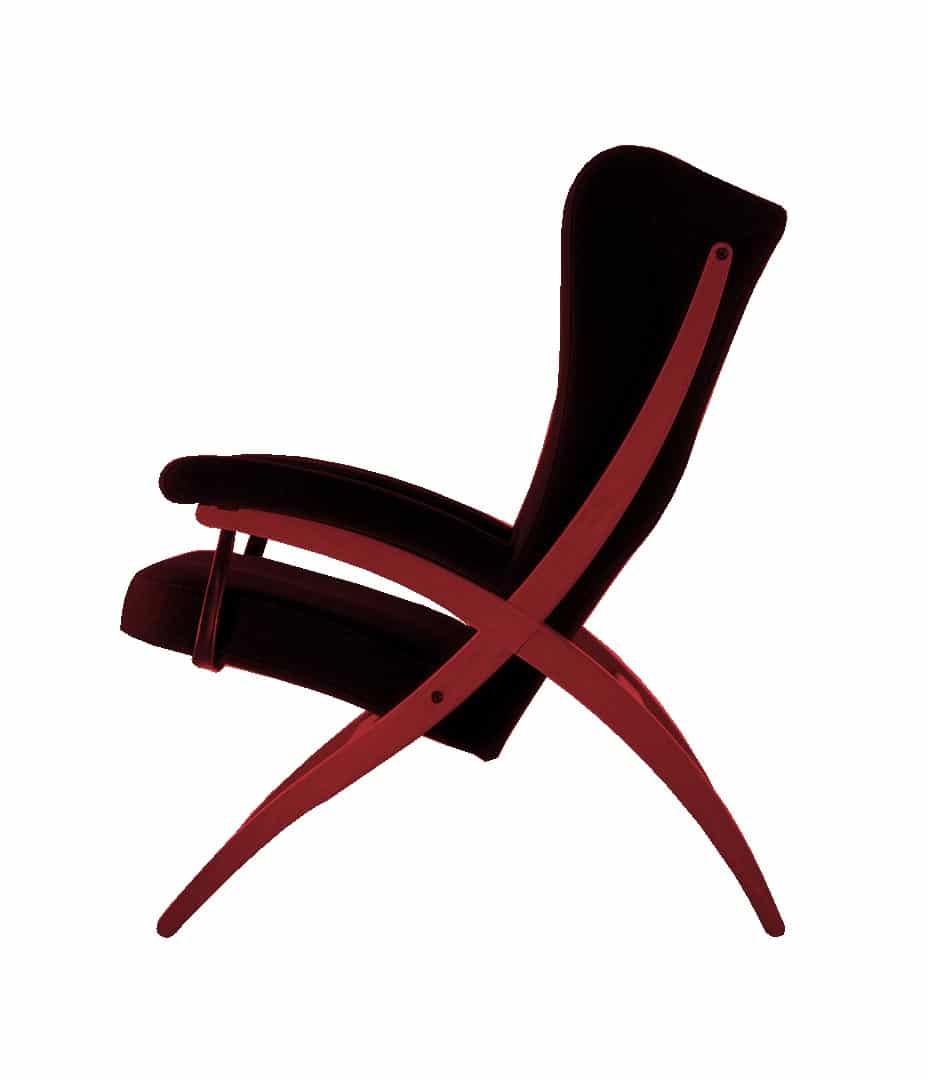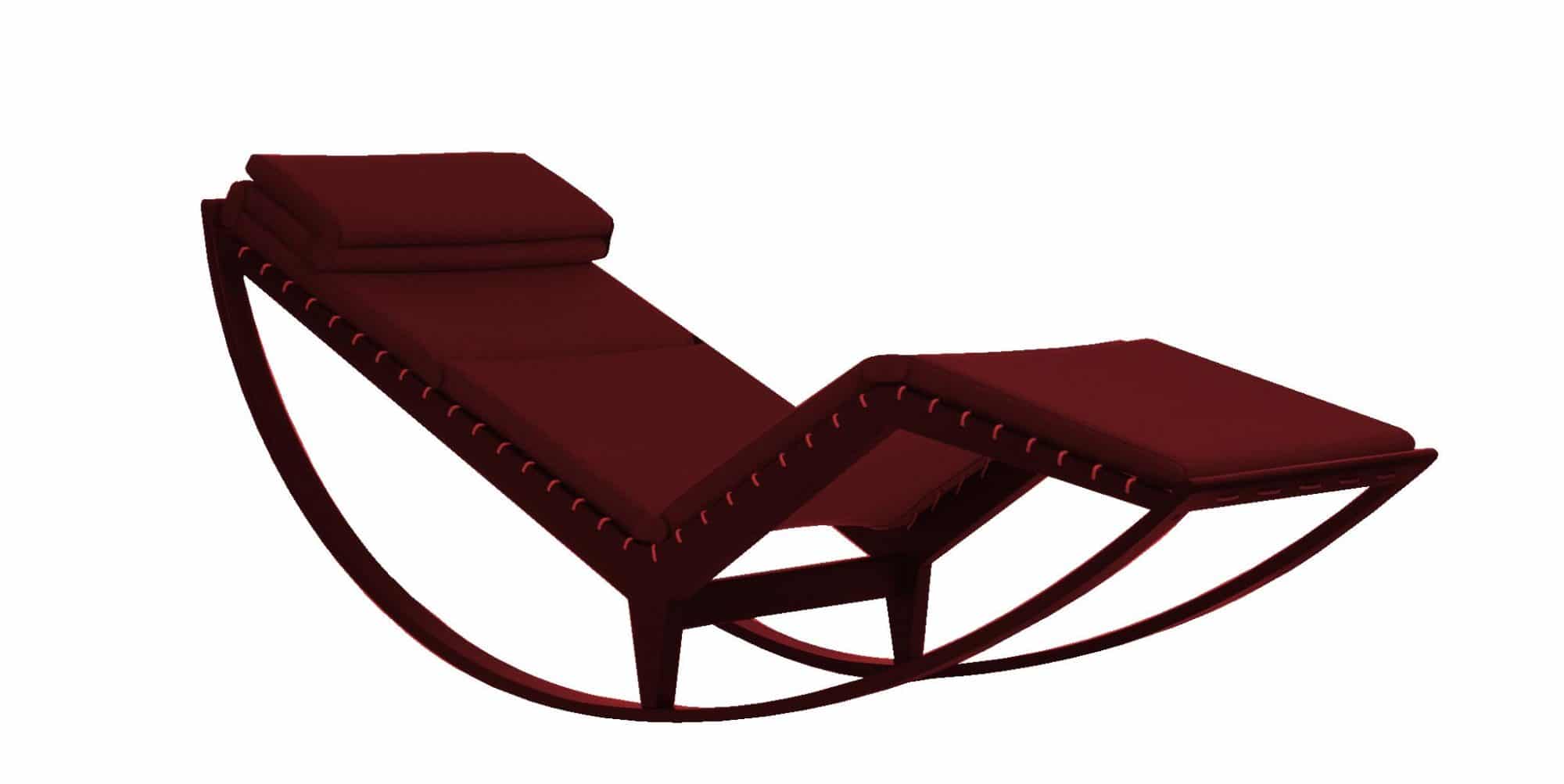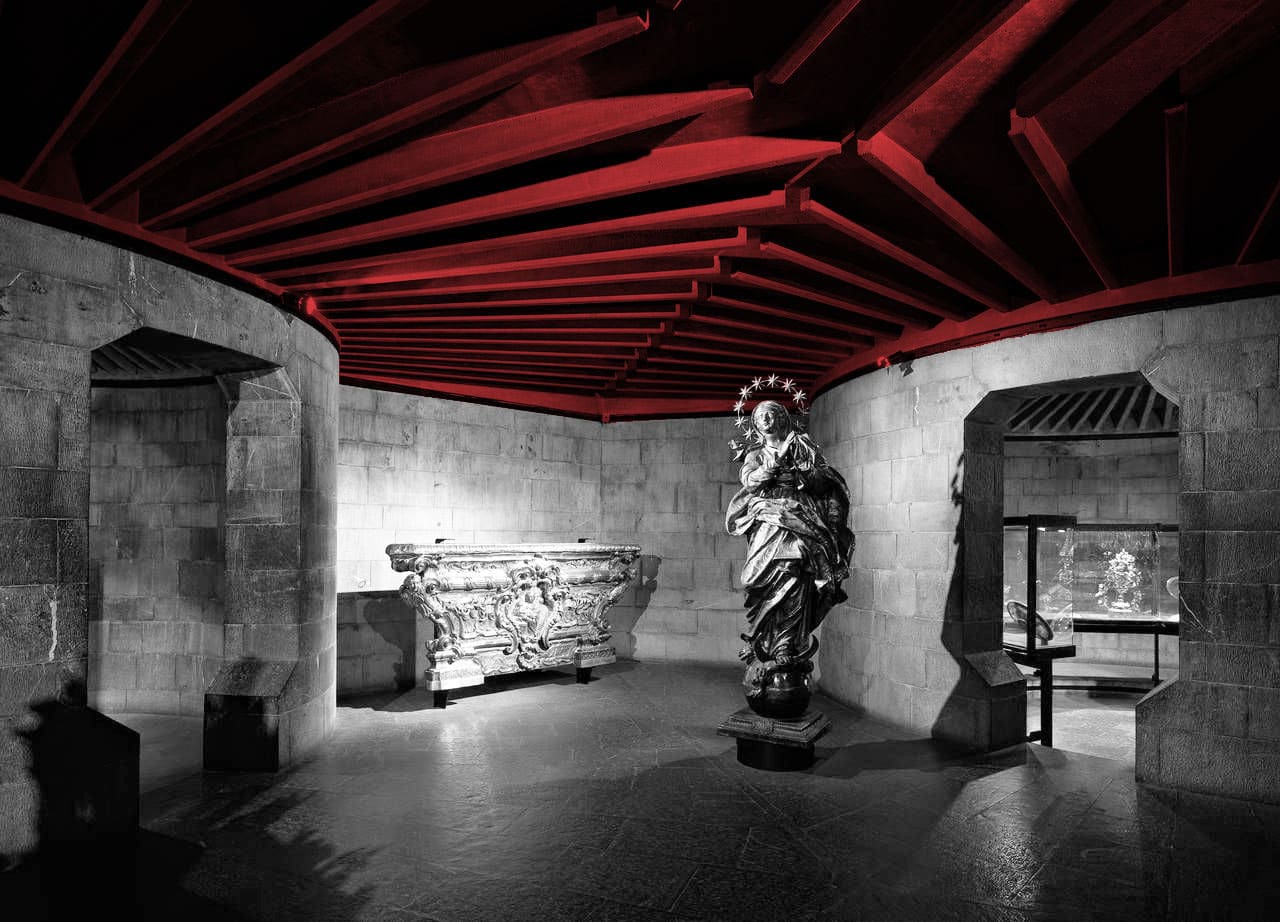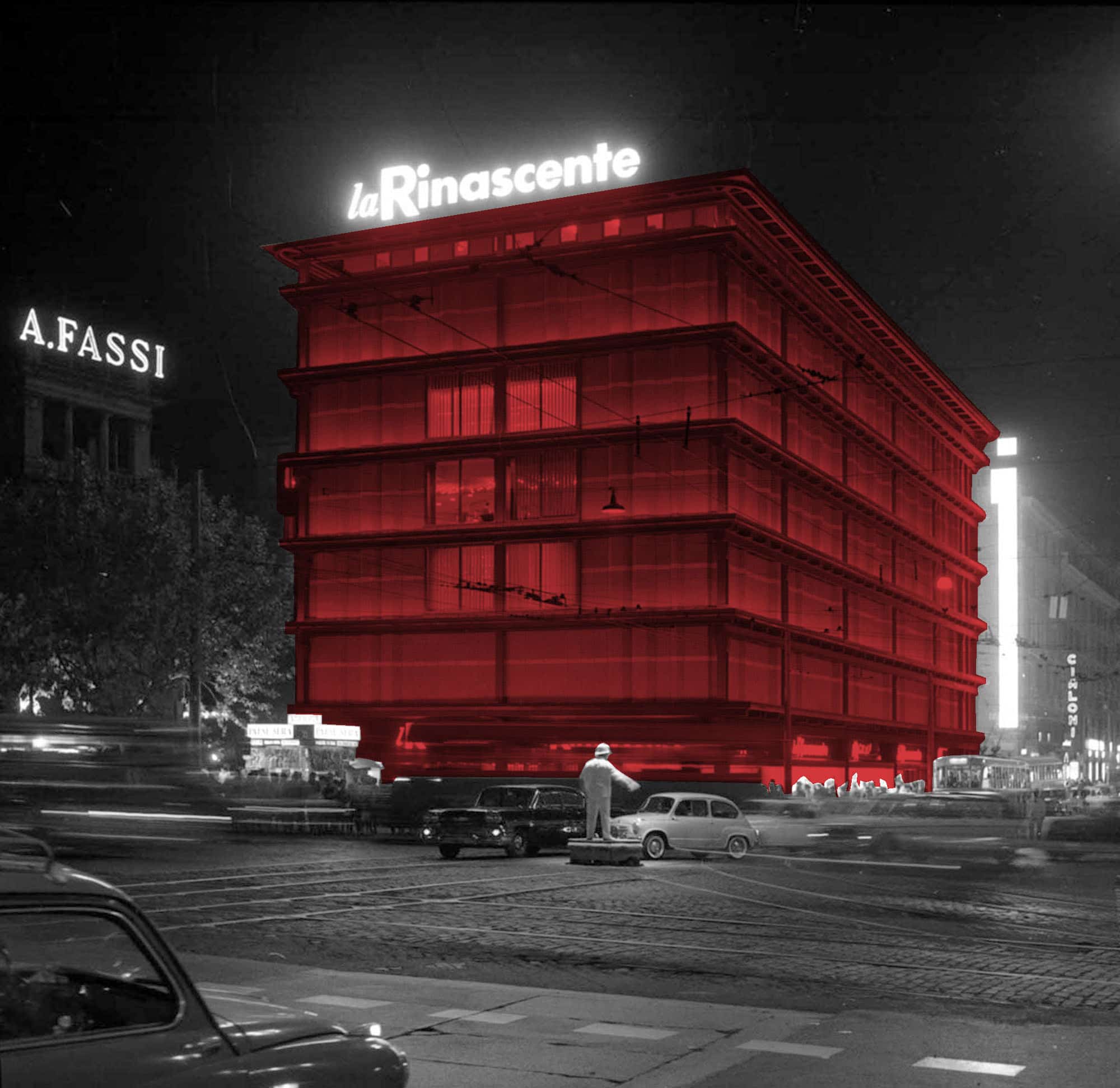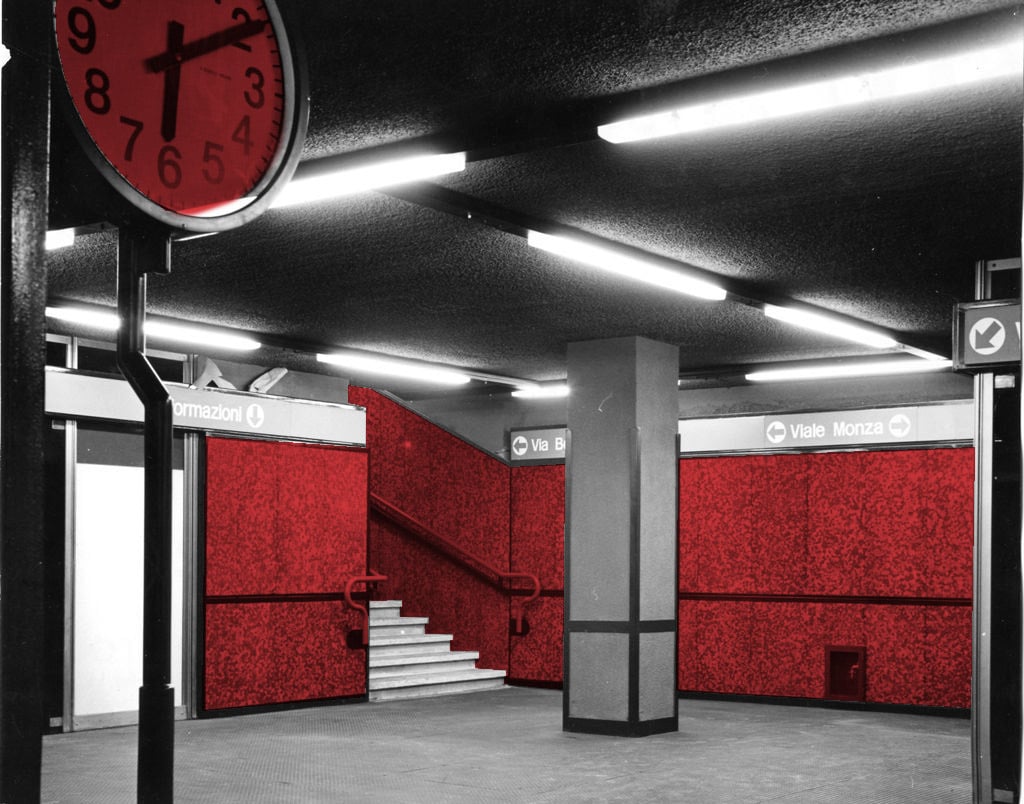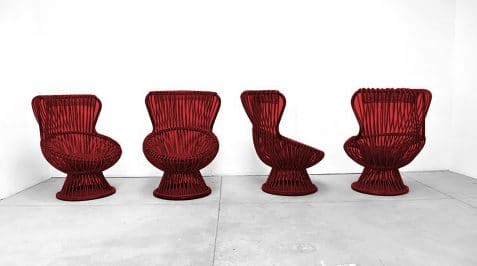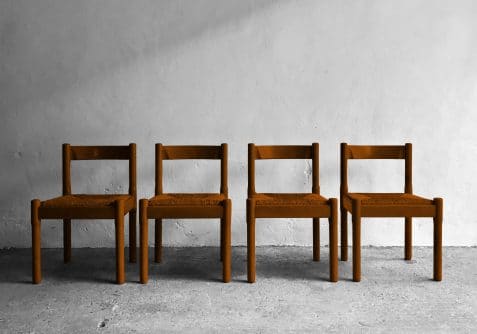INTERIOR
Rigour and Poetry
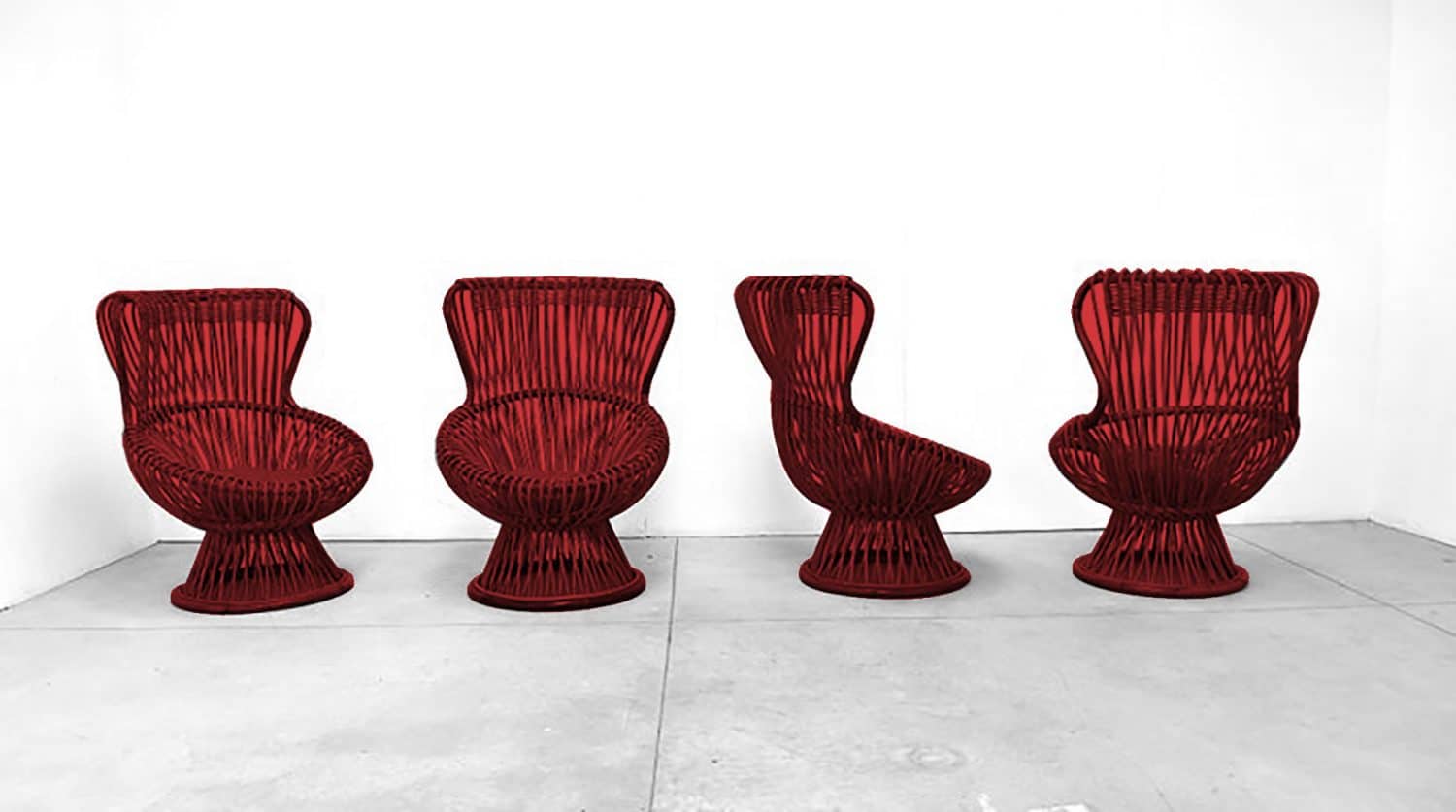
Since its beginnings in the thirties, Franco Albini was the most refined member of the so-called “Scuola de Milano”, formed in the editorial staff of Casabella directed by Edoardo Persico and integrated by architects such as Figini and Pollini, BBPR or Ignazio Gardella, who seek to find its own way in face of the then emerging international rationalism.
Considered as one of the pioneers of the Italian “design culture”, Albini developed in his vast production, which ranges from interior designs to industrial design objects without forgetting exhibition design, a personal interpretation of modernity always dialectically related with the values of tradition. His interiors, built out of the void, are populated by specially designed objects that dialogue with elements from other times. In pieces such as the wicker armchairs for Vittorio Bonacina, we can appreciate his interest in articulating the traditional techniques of artisan work with the new expressive possibilities of the material.
(…) an architecture made of pieces and fragments that fly without ever touching land, (…) the lines that measure the space, Albini’s arcane geometry, his attraction for joints, articulations, for all those points where lines and planes meet, they are the figure of his poetic makingRenzo Piano, Pezzo per pezzo, Catalogue of the exhibition on Franco Albini at the Milan Triennial, 2006
En 1952 se asoció con la arquitecta Franca Helg, con la que recorrería un camino especialmente fructífero en la rehabilitación y reutilización de edificios históricos, como el Museo del Tesoro de la Catedral de San Lorenzo, en Génova, y en las múltiples ramas del diseño industrial, lo que les llevaría a obtener el Compasso d’Oro en 1964 por el diseño de la línea 1 del Metro de Milán.
